Home>Garden Essentials>What Plant Are Chia Seeds From
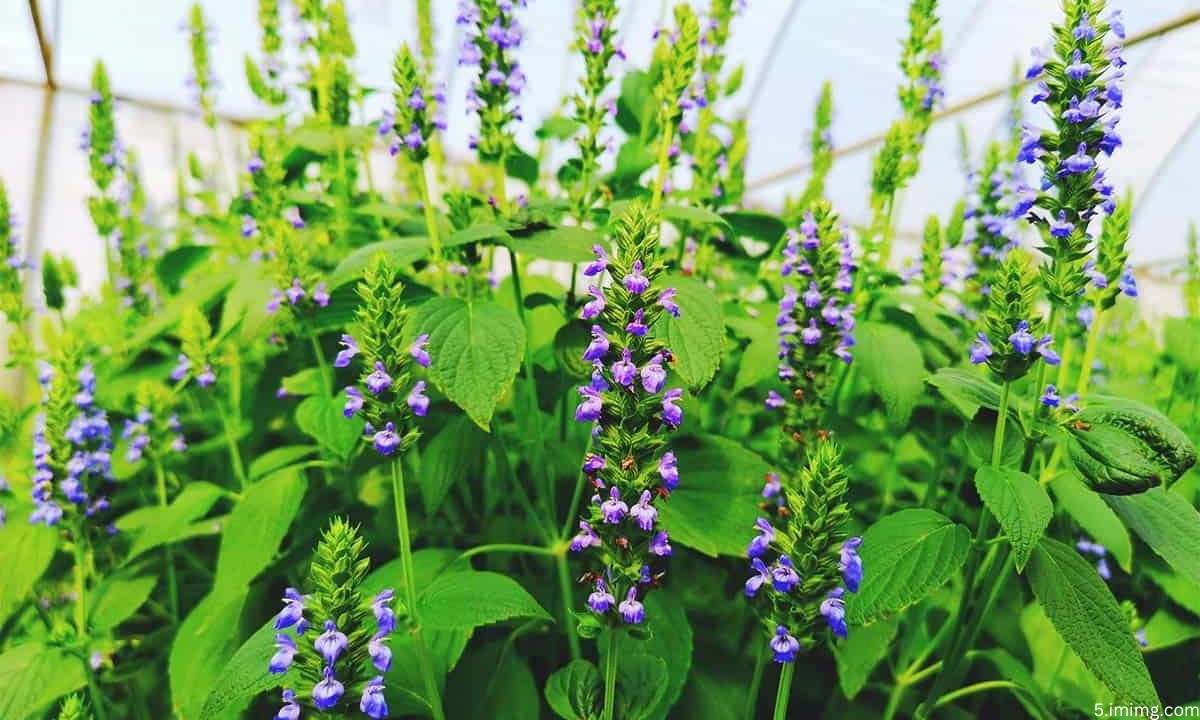

Garden Essentials
What Plant Are Chia Seeds From
Modified: March 21, 2024
Discover the secret of chia seeds and how to grow them in your garden. Enhance your gardening skills and enjoy the benefits of this nutritious plant.
(Many of the links in this article redirect to a specific reviewed product. Your purchase of these products through affiliate links helps to generate commission for Storables.com, at no extra cost. Learn more)
Introduction
Welcome to the fascinating world of chia seeds! These tiny powerhouses of nutrition have gained immense popularity in recent years, becoming a staple in many healthy diets. But have you ever wondered where these amazing seeds come from? In this article, we will take a journey into the origins of chia seeds and explore their remarkable properties.
Chia seeds have a long and rich history, dating back thousands of years. They were cultivated by the Aztecs and Mayans, who considered them to be a sacred food. In fact, “chia” is derived from the Mayan word for “strength,” highlighting the importance and reverence these civilizations had for this superfood.
The chia plant, scientifically known as Salvia hispanica, is a member of the mint family. Native to the central regions of Mexico and Guatemala, this herbaceous plant flourishes in warm climates with well-drained soil. It is primarily grown for its seeds, which are harvested for their nutritional value and culinary applications.
Chia plants are characterized by their sturdy, upright stems that can reach heights of up to 1 meter. They feature beautiful clusters of purple or white flowers, which attract pollinators such as bees and butterflies. The leaves of the chia plant are aromatic and have a similarity to basil leaves, adding a delightful fragrance to the garden or fields where they are grown.
Cultivating chia plants requires careful attention to the growing conditions. They thrive in full sun, but can also tolerate partial shade. The soil should be well-drained and rich in organic matter, ensuring optimal growth and development. Additionally, chia plants require regular watering, but over-watering should be avoided to prevent root rot.
Harvesting chia seeds is an exciting process that marks the culmination of months of careful cultivation. The chia plant produces small seed pods, which contain the precious seeds. When the pods turn brown and dry, they are ready to be harvested. The seeds are then gently separated from the pods and prepared for consumption or further processing.
Stay tuned to discover the incredible nutritional profile of chia seeds, their versatility in the kitchen, and the numerous health benefits they offer. Whether you are a health enthusiast, a culinary explorer, or simply curious about the natural wonders of the world, chia seeds are sure to captivate your interest and nourish your body.
Key Takeaways:
- Chia seeds, originating from the chia plant, are packed with nutrients like omega-3 fatty acids, fiber, and protein. They offer versatile culinary options and health benefits, but caution is advised for potential side effects and risks.
- Chia seeds, derived from the chia plant, have a rich history and impressive nutritional value. They can be incorporated into various recipes and offer health benefits, but careful consideration is needed for potential allergies and interactions with medications.
Read more: Where Did Chia Seeds Come From
The Origins of Chia Seeds
The journey of chia seeds begins in ancient Mesoamerica, where they were cultivated by civilizations such as the Aztecs and Mayans. These indigenous cultures revered chia seeds for their remarkable nutritional properties and incorporated them into their diet and religious practices. Let’s delve deeper into the history and origins of these extraordinary seeds.
The Aztecs, who lived in what is now present-day Mexico, considered chia seeds to be a vital part of their diet. They believed that consuming chia seeds gave them increased strength and endurance. Chia seeds were a staple food for warriors and runners, providing them with sustained energy during long battles and races.
The Mayans, another sophisticated Mesoamerican civilization, also held chia seeds in high regard. They believed that chia seeds were a gift from the gods and used them in religious ceremonies. Chia seeds were often offered as tributes and used as currency in trade transactions.
Chia seeds were not just revered for their cultural significance but also for their impressive nutritional profile. These tiny seeds are packed with essential nutrients, including omega-3 fatty acids, fiber, protein, antioxidants, and minerals such as calcium, iron, and magnesium.
After the arrival of the Spanish conquistadors in the 16th century, the cultivation and consumption of chia seeds declined significantly. The European settlers introduced new crops and disrupted the traditional farming practices of the indigenous communities. As a result, chia seeds were largely forgotten for several centuries.
However, in recent years, chia seeds have made a remarkable resurgence in popularity. Their nutritional benefits and versatility in the kitchen have caught the attention of health enthusiasts and food lovers alike. Today, chia seeds are celebrated for their abundance of nutrients and their ability to enhance overall well-being.
The cultivation of chia seeds has spread across various regions around the world due to their adaptability and hardiness. While they originated in Mesoamerica, chia plants can now be found in countries such as Argentina, Australia, Bolivia, Guatemala, and the United States.
As the demand for healthy and natural foods continues to grow, chia seeds have become a staple in many households. They are often consumed as a topping for yogurt or oatmeal, added to smoothies, used as an egg substitute in baking, or incorporated into energy bars and snacks.
Now that we’ve explored the origins of chia seeds, let’s dive into the characteristics of chia plants and learn more about how they are cultivated and harvested.
Characteristics of Chia Plants
Chia plants, scientifically known as Salvia hispanica, are fascinating herbaceous plants that belong to the mint family. They possess several distinctive characteristics that make them unique and visually appealing. Let’s take a closer look at the key features of chia plants.
Chia plants are typically small to medium-sized and have an upright growth habit. They can reach heights of up to 1 meter (3 feet), with their sturdy stems standing tall and proud. The stems of the chia plant are square-shaped, a common trait among plants in the mint family.
The leaves of chia plants are abundantly green and have a resemblance to basil leaves, with a gentle serrated or toothed edge. These leaves are an integral part of the plant’s photosynthesis process, where energy from sunlight is converted into vital nutrients.
One of the most striking features of chia plants is their beautiful flowers. Depending on the cultivar or variety, chia plants can produce either purple or white flowers. These charming clusters of flowers have an alluring fragrance and play a crucial role in attracting pollinators like bees, butterflies, and hummingbirds.
Chia plants are well-adapted to warm climates and thrive in regions with long, sunny summers. They are native to central regions of Mexico and Guatemala, where they were historically cultivated by ancient civilizations. However, they can also tolerate cooler temperatures to some extent, making them a versatile plant to grow in different environments.
Another interesting characteristic of chia plants is their ability to self-pollinate. Each flower of the chia plant contains both male and female reproductive organs, allowing for the process of self-fertilization. This ability contributes to their high seed production and ensures a consistent and reliable harvest.
Chia plants are known for their resistance to drought and their preference for well-drained soil. They can survive in various types of soil, ranging from sandy to loamy, as long as it has good drainage. Proper watering is essential during the growing season, but over-watering should be avoided to prevent the development of diseases or root rot.
Growing chia plants in your garden can add a touch of beauty and intrigue. Their lush green foliage, vibrant flowers, and unique square stems make them a visually appealing addition to any landscape. Moreover, with a little care and attention, you can enjoy a bountiful harvest of nutritious chia seeds.
Now that we’ve explored the characteristics of chia plants, it’s time to delve into the cultivation and harvesting process of chia seeds. Stay tuned to discover how these incredible seeds are grown and harvested, and unlock their full nutritional potential.
Cultivation and Harvesting of Chia Seeds
Growing and harvesting chia seeds is a meticulous process that requires careful attention to the plant’s needs and optimal growing conditions. Chia plants are relatively easy to cultivate, making them a popular choice for home gardeners and commercial growers alike. Let’s explore the steps involved in the cultivation and harvesting of chia seeds.
1. Soil Preparation: Chia plants thrive in well-drained soil that is rich in organic matter. Before planting, prepare the soil by removing weeds, rocks, and other debris. Incorporate organic compost or well-rotted manure to improve soil fertility and drainage. Chia plants prefer a slightly acidic to neutral soil pH level.
2. Planting: Chia seeds can be directly sown into the soil after the last frost date. Choose a sunny location with at least 6-8 hours of direct sunlight per day. Sow the seeds at a depth of approximately 1/4 to 1/2 inch, spacing them about 6 inches apart. Gently press the soil to ensure good seed-to-soil contact.
3. Watering: Chia plants require consistent moisture during the germination and early growth stages. Keep the soil evenly moist, but be cautious not to over-water, as chia plants are susceptible to root rot. Once established, they are relatively drought-resistant and can tolerate dry conditions.
4. Maintenance: Regular weeding is crucial to prevent competition for nutrients and ensure optimal growth. Apply organic mulch around the plants to suppress weeds and retain soil moisture. Chia plants do not require extensive fertilization if the soil is well-prepared, but a light application of balanced organic fertilizer can be beneficial during the growing season.
5. Flowering and Pollination: Chia plants typically start flowering 90-120 days after planting, depending on the cultivar. As mentioned earlier, chia flowers attract pollinators such as bees and butterflies. The flowers self-pollinate, allowing the plant to produce seeds without the need for cross-pollination.
6. Seed Harvesting: The right time to harvest chia seeds is when the seed pods turn brown and dry on the plant. This usually occurs around 3-4 months after planting. Cut the seed heads carefully and collect them into a container or bag. To separate the seeds from the seed heads, you can gently crush the heads with your hands or use a sieve.
7. Seed Drying and Storage: After harvesting, spread the chia seeds on a clean and dry surface to allow them to air dry. Stir them regularly to ensure even drying and prevent mold formation. Once completely dry, store the seeds in an airtight container in a cool and dark place. Properly stored chia seeds can remain viable and fresh for up to two years.
Cultivating and harvesting chia seeds can be a rewarding experience. Whether you have a small garden or a larger agricultural operation, the process is relatively straightforward and can yield a plentiful supply of nutrient-rich chia seeds.
Now that we’ve explored the cultivation and harvesting of chia seeds, it’s time to discover the incredible nutritional value that these little seeds offer. Stay tuned to learn about the various health benefits of chia seeds and how they can be incorporated into your daily diet.
Nutritional Value of Chia Seeds
Despite their small size, chia seeds pack a powerful nutritional punch. These tiny seeds are loaded with an array of essential nutrients that contribute to overall health and well-being. Let’s dive into the impressive nutritional profile of chia seeds and uncover why they are considered a superfood.
1. Omega-3 Fatty Acids: Chia seeds are one of the best plant-based sources of omega-3 fatty acids, specifically alpha-linolenic acid (ALA). Omega-3 fatty acids are essential for brain health, heart health, and reducing inflammation in the body.
2. Fiber: Chia seeds are incredibly high in dietary fiber. Just one ounce (28 grams) of chia seeds provides a whopping 10 grams of fiber, which is approximately one-third of the recommended daily intake for adults. Fiber is crucial for digestive health, regulating blood sugar levels, and promoting a feeling of fullness.
3. Protein: Chia seeds are an excellent plant-based source of protein. They contain all nine essential amino acids, making them a complete protein source. Protein is essential for muscle repair and growth, as well as the production of enzymes and hormones.
4. Antioxidants: Chia seeds are rich in antioxidants, which help protect the body against oxidative stress and damage caused by free radicals. These antioxidants contribute to overall health and may reduce the risk of chronic diseases.
5. Minerals: Chia seeds are packed with essential minerals, including calcium, phosphorus, magnesium, and manganese. Calcium and phosphorus are essential for maintaining healthy bones and teeth, while magnesium plays a crucial role in numerous bodily functions, such as muscle and nerve function.
6. Vitamins: Chia seeds are a good source of various vitamins, including vitamin E, vitamin B3 (niacin), and vitamin B1 (thiamine). Vitamin E is an antioxidant that helps protect cells from damage, while niacin and thiamine are important for energy production and proper functioning of the nervous system.
7. Hydration: Chia seeds have a unique ability to absorb liquid and form a gel-like consistency. When consumed, they can absorb up to 10 times their weight in water, helping to keep the body hydrated and maintain electrolyte balance.
Incorporating chia seeds into your diet is a simple and convenient way to boost your nutrient intake. They can be sprinkled on salads, added to smoothies, mixed into yogurt or oatmeal, or used as an egg substitute in baking recipes. They add a delightful crunchy texture and nutty flavor, enhancing the taste and nutritional value of any dish.
With their impressive nutritional profile, chia seeds are a versatile and functional ingredient that can support overall health and well-being. Now that we’ve explored the nutritional value of chia seeds, let’s discover their culinary uses and the various ways you can incorporate these nutritious seeds into your everyday meals.
Chia seeds come from the Salvia hispanica plant, which is a member of the mint family. These tiny seeds are packed with nutrients and can be easily added to your diet by sprinkling them on yogurt, oatmeal, or smoothies.
Read more: What To Use Chia Seeds For
Culinary Uses of Chia Seeds
Chia seeds are not only nutrient-dense and packed with health benefits, but they are also incredibly versatile in the kitchen. Their mild, nutty flavor and unique gel-like texture make them an excellent addition to a wide range of culinary creations. Let’s explore the various culinary uses of chia seeds and how you can incorporate them into your everyday meals.
1. Smoothies and Beverages: One popular way to enjoy chia seeds is by adding them to smoothies or beverages. Simply sprinkle a tablespoon or two of chia seeds into your favorite smoothie recipe and blend until well combined. The chia seeds will add a delightful texture and provide a boost of nutrition.
2. Puddings and Parfaits: Chia seeds can be used to create delicious and nutritious puddings and parfaits. By combining chia seeds with a liquid of your choice, such as almond milk or coconut milk, and allowing it to sit for a few hours or overnight, you can create a pudding-like consistency. Layer the chia seed pudding with fruits and granola to make a satisfying parfait.
3. Baking: Chia seeds can be used as an egg substitute in baking recipes, making them a great option for vegan or egg-free diets. To replace one egg, combine one tablespoon of chia seeds with three tablespoons of water and let it sit for 5-10 minutes until it forms a gel-like mixture. This can be used in recipes for cookies, muffins, bread, and more.
4. Salad Toppings: Sprinkle a tablespoon of chia seeds on top of your favorite salads to add a nutritious crunch. Chia seeds can complement both leafy green salads and fruit salads, providing an extra dose of fiber, protein, and healthy fats.
5. Energy Bars and Snacks: Chia seeds can be incorporated into homemade energy bars, granola bars, or snack balls to add a nutritional boost. The seeds provide a natural source of energy and help keep you feeling satisfied between meals.
6. Oatmeal and Breakfast Cereals: Add a tablespoon of chia seeds to your morning oatmeal or breakfast cereal to enhance the texture and nutrient content. Chia seeds absorb the liquid and thicken the mixture, creating a satisfying and filling breakfast option.
7. Bread and Baked Goods: Incorporating chia seeds into bread and other baked goods not only adds a nutritional boost but also enhances the texture and flavor. You can sprinkle chia seeds on top of bread before baking or mix them into the dough for an extra punch of nutrition.
Remember to soak chia seeds in liquid before consuming to unleash their gel-like consistency and unlock their full nutritional potential. This will also help with digestion and maximize the absorption of nutrients.
With their versatility and nutritional benefits, chia seeds can elevate the taste and nutritional value of a wide range of dishes. Experiment with different recipes and discover creative ways to incorporate these mighty seeds into your everyday meals.
Now that we’ve explored the culinary uses of chia seeds, let’s dive into the numerous health benefits that these tiny seeds offer.
Health Benefits of Chia Seeds
Chia seeds are not only a flavorful and versatile ingredient, but they also offer a plethora of health benefits. Packed with essential nutrients, these tiny seeds can contribute to overall well-being and support various aspects of health. Let’s explore the incredible health benefits of chia seeds.
1. High in Nutrients: Despite their small size, chia seeds are a nutritional powerhouse. They are rich in essential nutrients such as fiber, protein, healthy fats, antioxidants, vitamins, and minerals. Incorporating chia seeds into your diet can help you meet your daily nutrient requirements.
2. Promote Digestive Health: Chia seeds are an excellent source of dietary fiber, with just one ounce providing nearly 11 grams of fiber. Fiber is essential for digestive health, promoting regular bowel movements and preventing constipation. It also helps maintain a healthy gut microbiome.
3. Aid in Weight Management: The high fiber and protein content of chia seeds can contribute to satiety, helping to reduce calorie intake and control appetite. The gel-like texture of chia seeds when soaked in liquid can help create a feeling of fullness, potentially leading to weight management or weight loss.
4. Support Heart Health: Chia seeds are rich in omega-3 fatty acids, particularly alpha-linolenic acid (ALA). Omega-3 fatty acids have been associated with a reduced risk of heart disease by lowering cholesterol levels, reducing inflammation, and improving heart function.
5. Regulate Blood Sugar Levels: The combination of fiber, protein, and healthy fats in chia seeds can help stabilize blood sugar levels. Consuming chia seeds with meals can slow down the digestion and absorption of carbohydrates, preventing spikes in blood sugar levels and promoting insulin sensitivity.
6. Provide Antioxidant Protection: Chia seeds are packed with antioxidants, which help protect the body against oxidative stress and damage from free radicals. Antioxidants support cellular health and may help reduce the risk of chronic diseases such as heart disease, cancer, and neurodegenerative disorders.
7. Support Bone Health: Chia seeds are an excellent plant-based source of calcium, phosphorus, and magnesium, all of which are essential for maintaining strong and healthy bones. These minerals play a crucial role in bone formation, density, and overall skeletal health.
8. Boost Energy and Endurance: Traditionally known as a “warrior’s food,” chia seeds provide sustained energy and endurance. The combination of protein, healthy fats, and carbohydrates in chia seeds fuels the body and helps maintain energy levels throughout the day, making them a great option for athletes and active individuals.
9. Aid in Hydration: When soaked in liquid, chia seeds can absorb several times their weight in water, forming a gel-like substance. This unique property helps with hydration, maintaining electrolyte balance, and prolonging hydration during physical activity or in hot weather.
With their impressive range of health benefits, chia seeds are a functional and nutritious addition to any diet. Remember to incorporate chia seeds mindfully and gradually increase your intake while staying well-hydrated.
Now that we’ve explored the health benefits of chia seeds, it’s important to note that while they offer numerous advantages, individual needs and reactions may vary. It’s always a good idea to consult with a healthcare professional before making any significant changes to your diet or incorporating new foods.
In the next section, we will discuss potential side effects and risks associated with chia seeds.
Potential Side Effects and Risks
While chia seeds offer a multitude of health benefits, it’s important to be aware of potential side effects and risks associated with their consumption. Here are a few considerations to keep in mind:
1. Allergic Reactions: Although rare, some individuals may experience allergic reactions to chia seeds. If you have a known allergy to sesame seeds, mustard seeds, or other similar seeds, it is advisable to exercise caution and consult with an allergist before consuming chia seeds.
2. Digestive Issues: The high fiber content of chia seeds can cause digestive discomfort in some individuals, especially if consumed in large quantities or if your body is not accustomed to a high-fiber diet. Start with smaller amounts and gradually increase your intake while ensuring you drink plenty of fluids to help with digestion.
3. Blood Pressure and Blood Thinning: Chia seeds contain omega-3 fatty acids, which are known to have blood-thinning properties. If you are taking blood-thinning medications or have a bleeding disorder, it’s essential to consult with your healthcare provider before incorporating chia seeds into your diet as they may interact with the medications.
4. Medication Interactions: Chia seeds may interact with certain medications, including blood pressure medications, blood thinners, and diabetes medications. If you are taking any medications, it’s important to seek advice from your healthcare provider to ensure safe and appropriate consumption of chia seeds.
5. Weight Loss Considerations: While chia seeds can be a helpful addition to a balanced diet for weight management, it’s important to remember that they are calorie-dense. If you’re aiming for weight loss, it’s crucial to consume chia seeds in moderation and consider the overall calorie intake of your diet.
6. Absorption of Nutrients: Chia seeds have a high concentration of fiber, which may affect the absorption of certain medications and nutrients. If you are on medication or have specific nutrient requirements, it’s recommended to discuss their consumption with your healthcare provider to ensure adequate absorption.
7. Contamination Risks: As with any food, there is a risk of contamination. It’s crucial to choose high-quality, organic chia seeds to minimize the potential for pollutants or pesticide residues. Proper storage of chia seeds in an airtight container in a cool and dark place helps maintain freshness and reduces the risk of mold growth.
While potential side effects and risks exist, they are generally minimal and occur infrequently. However, it’s important to be informed and make informed decisions based on your individual health needs and circumstances. Moderation, variety, and balance in your overall diet are key to ensuring optimal safety and well-being.
Now that we’ve explored potential side effects and risks, let’s conclude with a summary of the key points and the overall benefits of incorporating chia seeds into your diet.
Conclusion
Chia seeds have come a long way from their ancient origins to become a highly regarded superfood in today’s health-conscious world. These tiny seeds, derived from the chia plant, offer a myriad of nutritional benefits and culinary possibilities.
From their rich history as a staple in the diets of ancient civilizations to their resurgence in modern times, chia seeds have amassed a reputation for their remarkable nutritional profile. They are a fantastic source of essential nutrients, including omega-3 fatty acids, fiber, protein, antioxidants, vitamins, and minerals.
Not only do chia seeds offer a range of health benefits, such as supporting heart and digestive health, regulating blood sugar levels, and aiding in weight management, but they are also incredibly versatile in the kitchen. Chia seeds can be incorporated into various recipes, including smoothies, puddings, baked goods, salads, and more.
However, it’s essential to exercise caution and be aware of potential side effects and risks. Allergies, digestive issues, medication interactions, and proper portion control are factors to consider when incorporating chia seeds into your diet. It’s always wise to consult with a healthcare professional, particularly if you have any pre-existing health conditions or are taking medication.
In conclusion, chia seeds offer an excellent way to enhance your nutritional intake and expand your culinary horizons. With their versatility, health benefits, and cultural significance, they serve as a reminder of the power of natural ingredients and the wisdom of ancient civilizations.
So go ahead, explore the world of chia seeds, experiment with recipes, and enjoy the many benefits they have to offer. Embrace these tiny seeds as a valuable addition to your healthy lifestyle and experience the wonders they can bring to your overall well-being.
Frequently Asked Questions about What Plant Are Chia Seeds From
Was this page helpful?
At Storables.com, we guarantee accurate and reliable information. Our content, validated by Expert Board Contributors, is crafted following stringent Editorial Policies. We're committed to providing you with well-researched, expert-backed insights for all your informational needs.
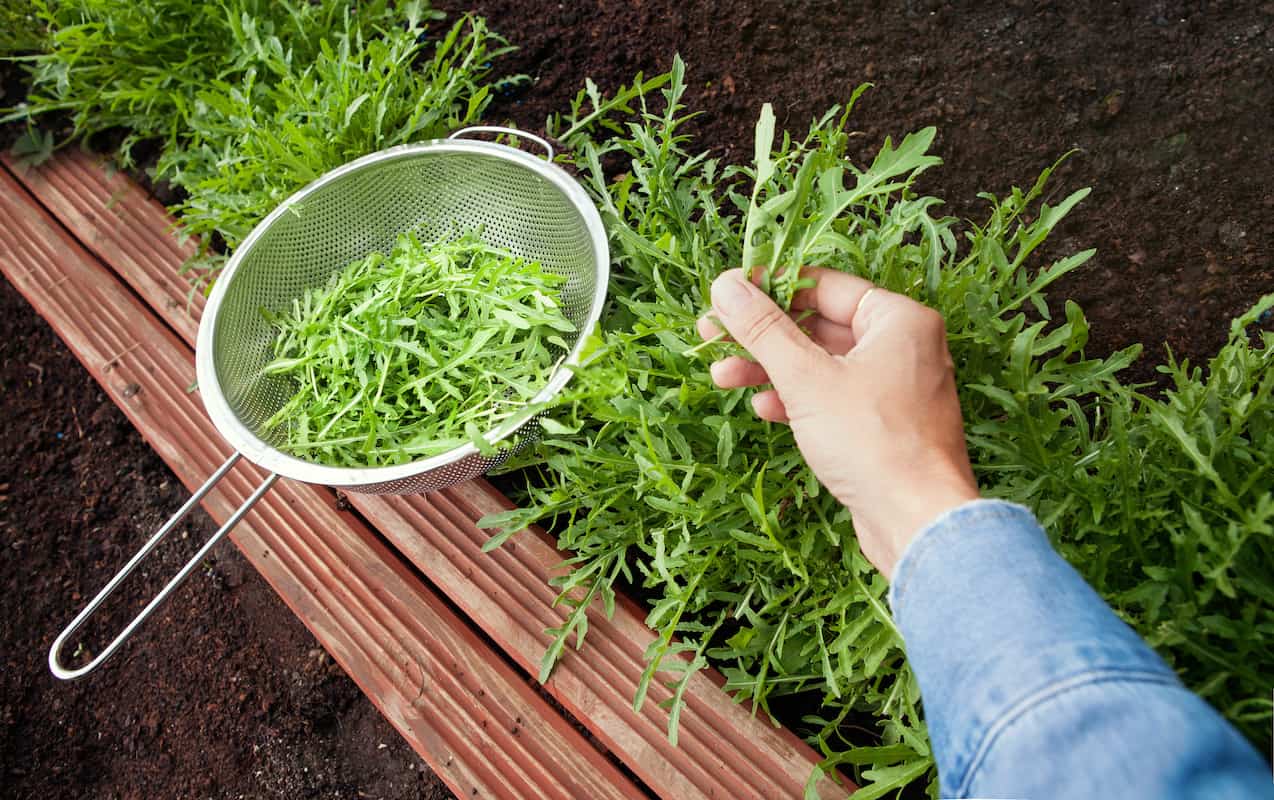
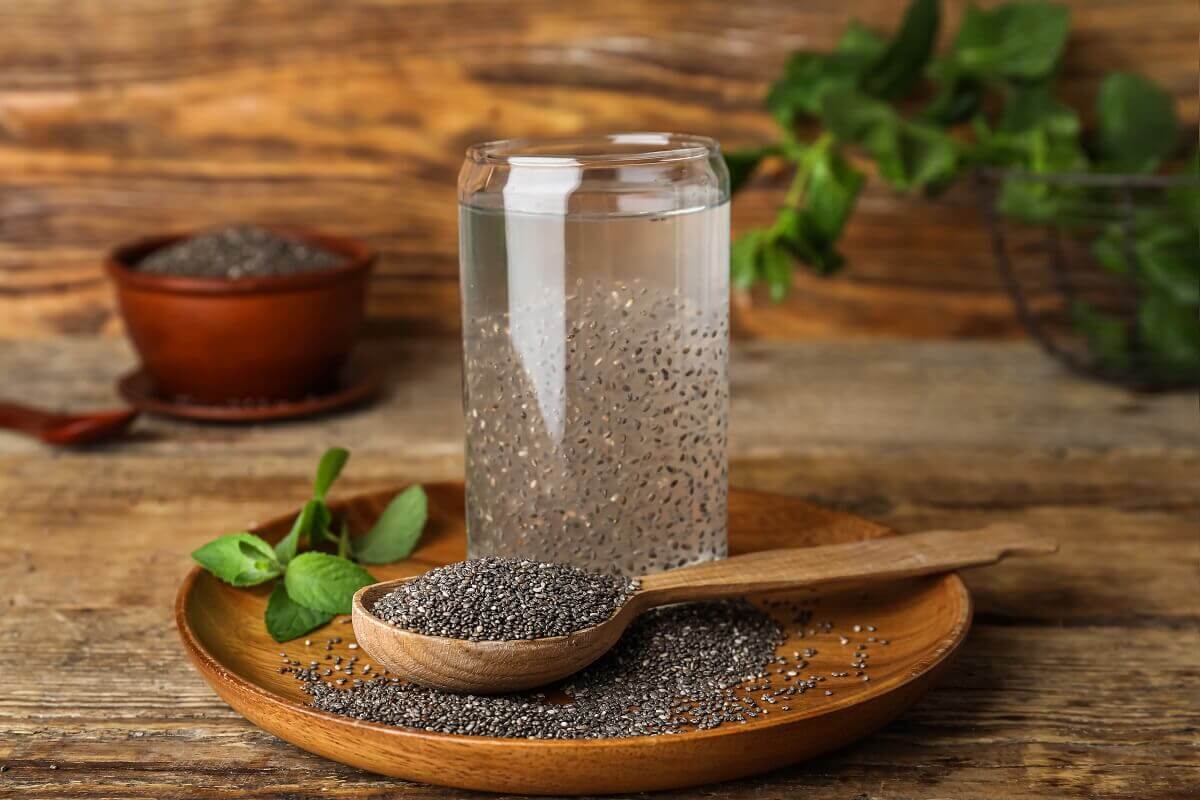
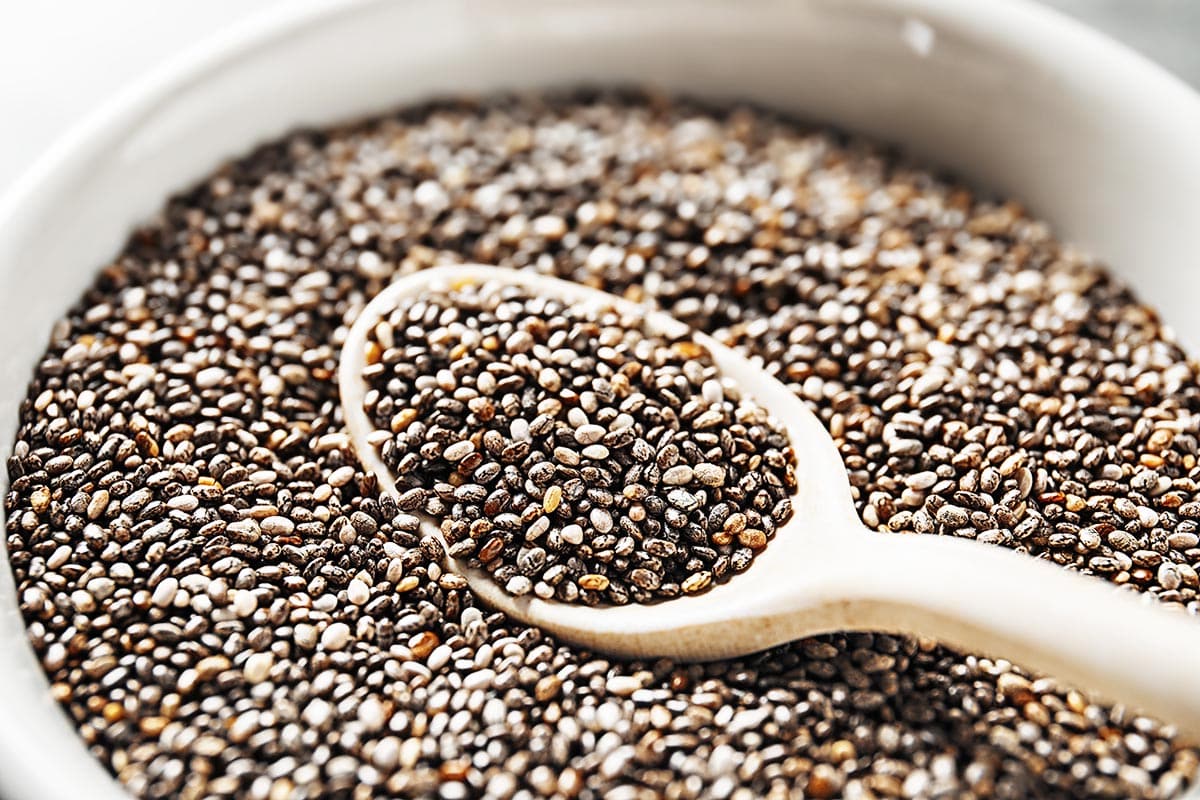
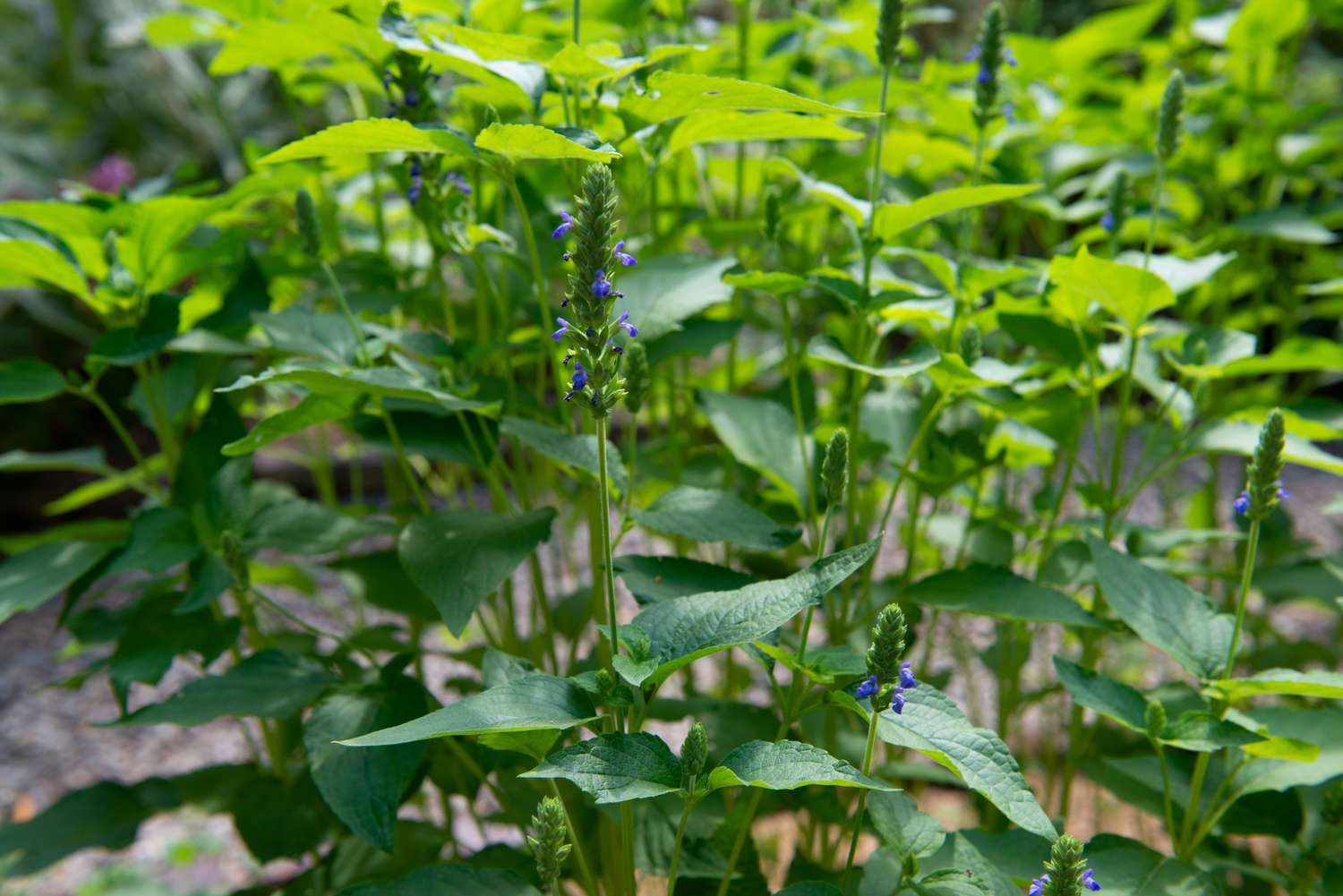
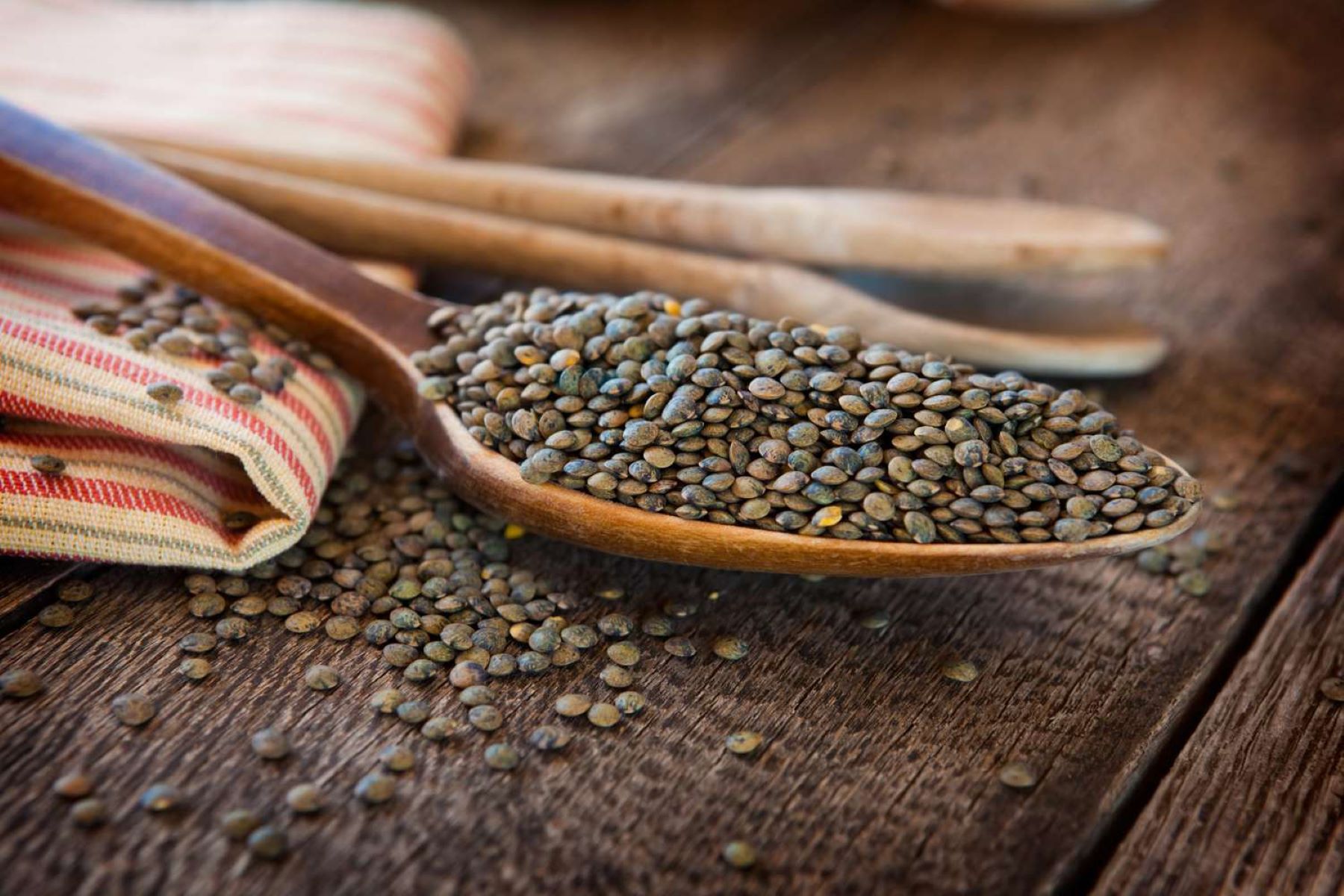
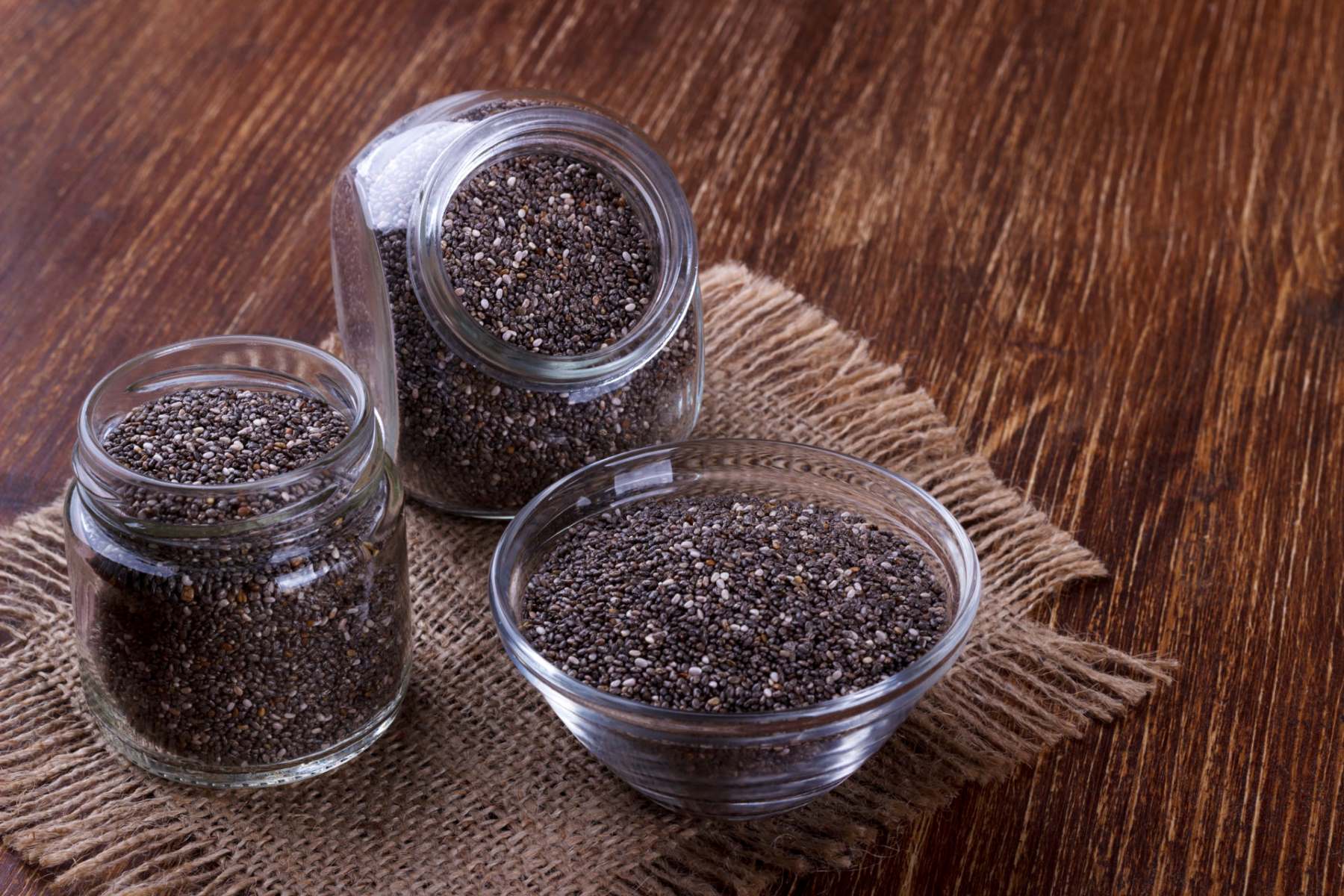
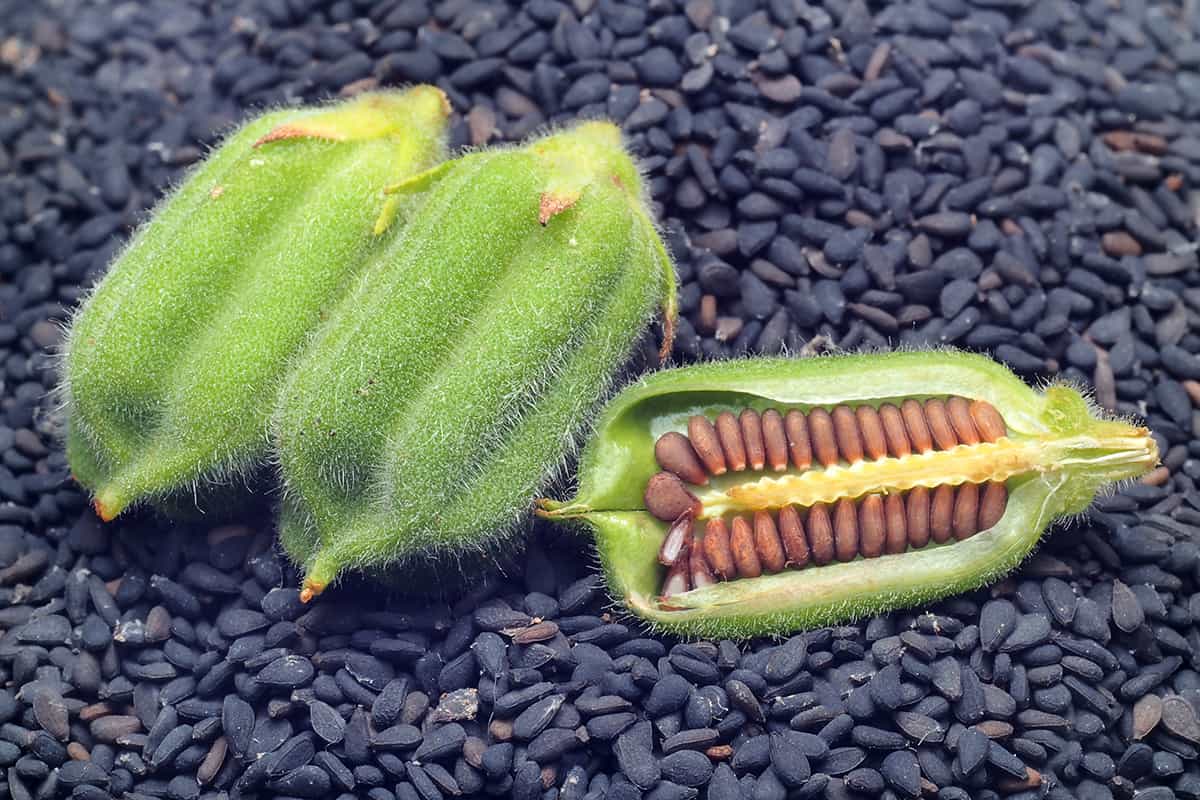
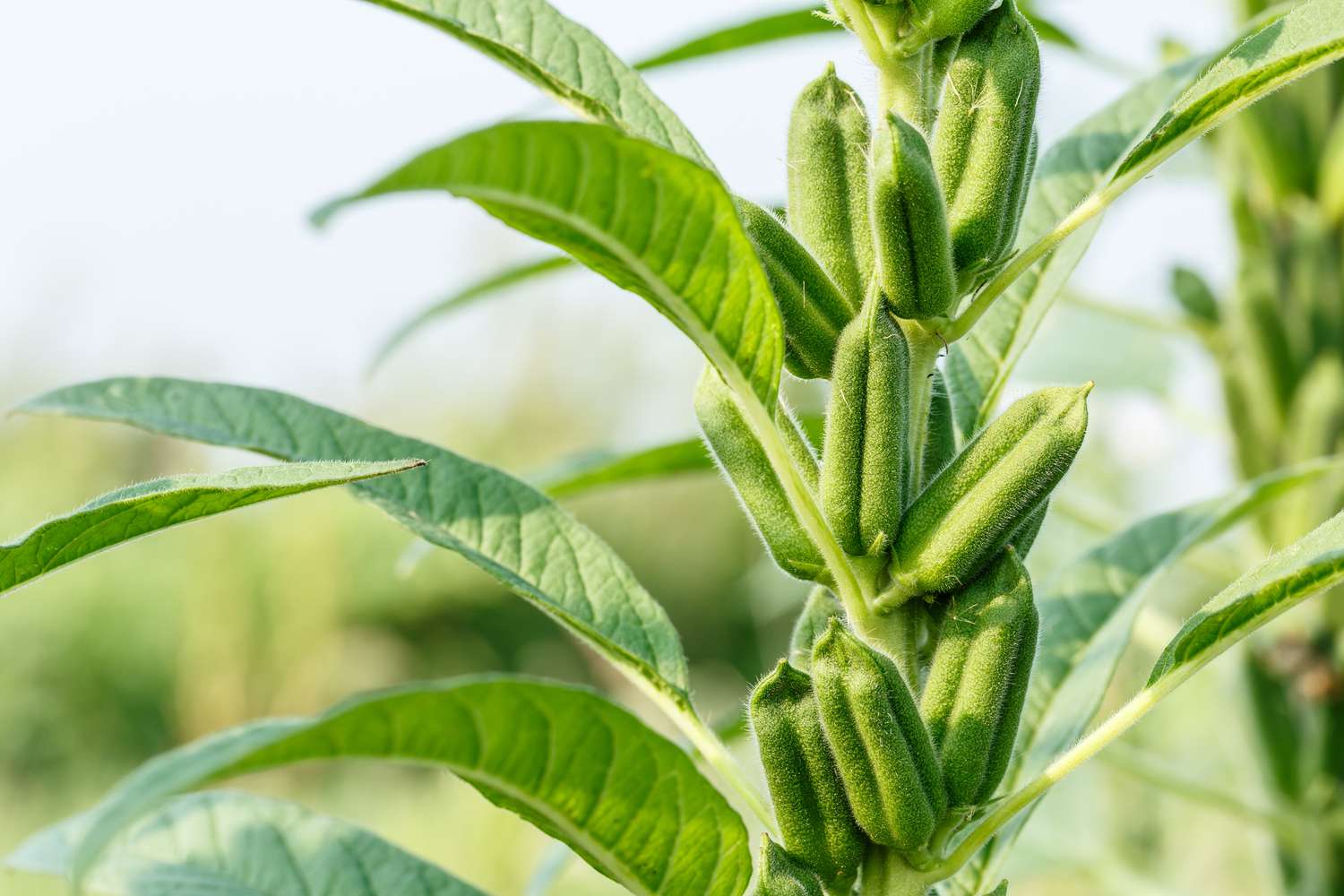
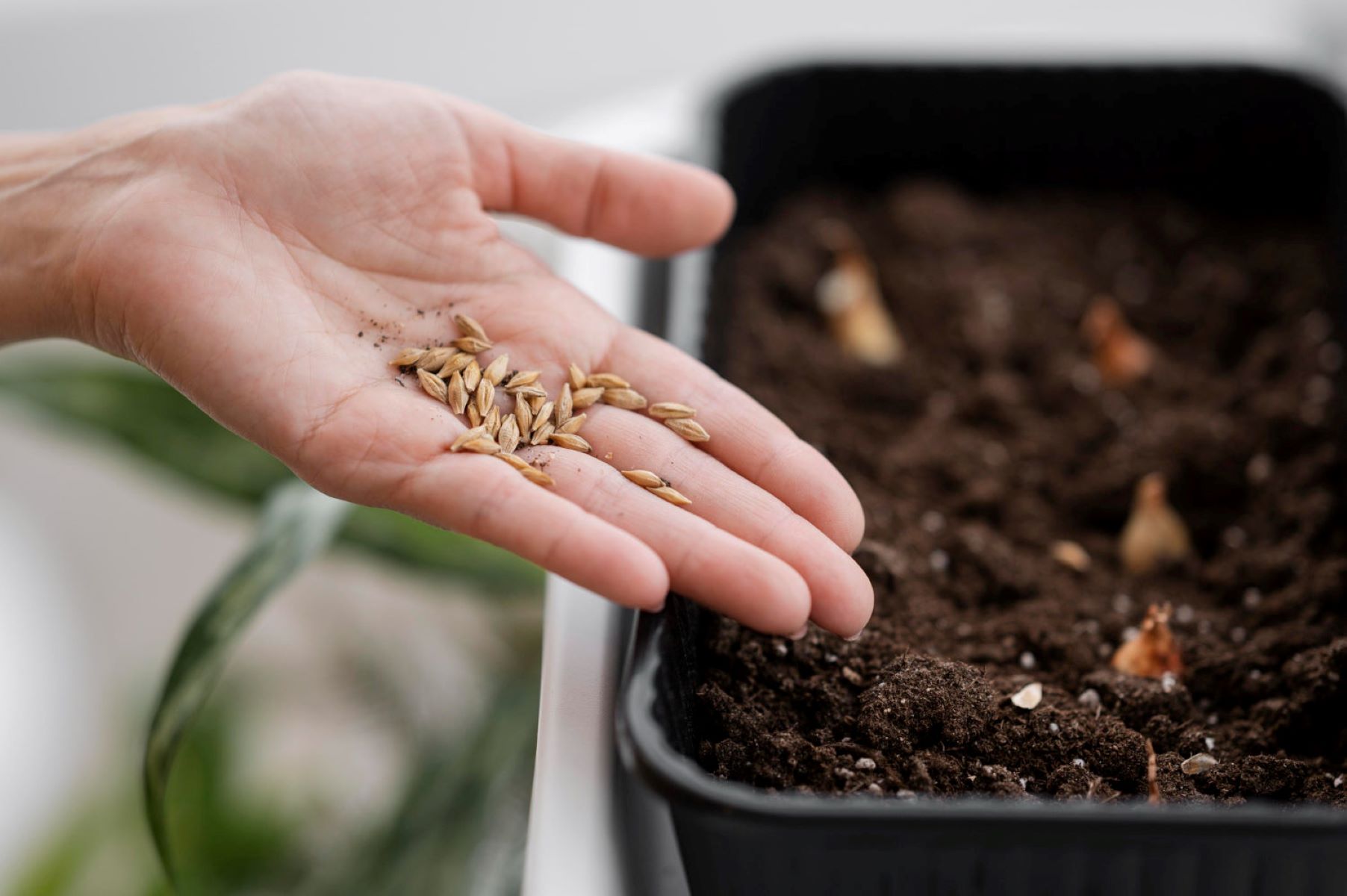
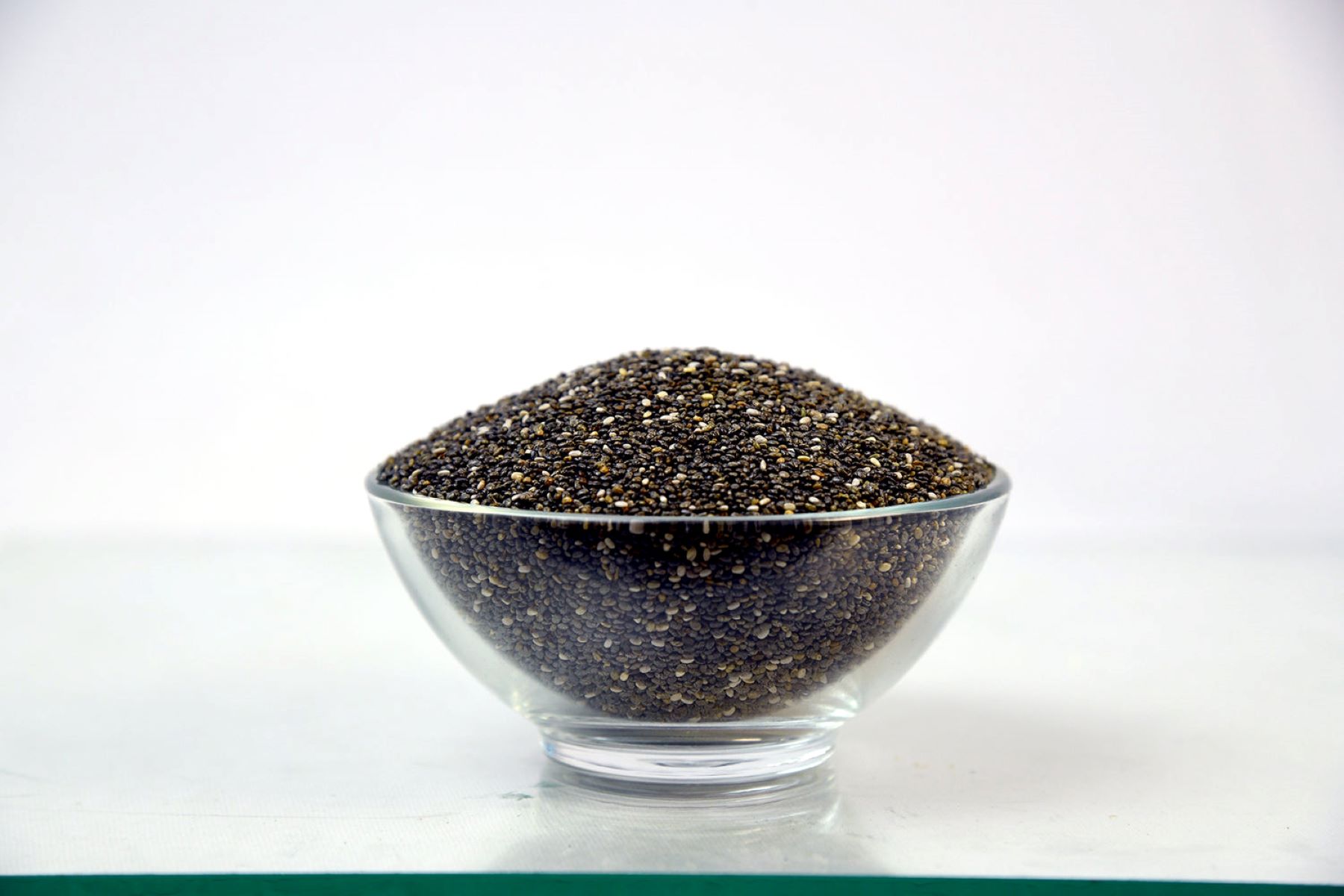
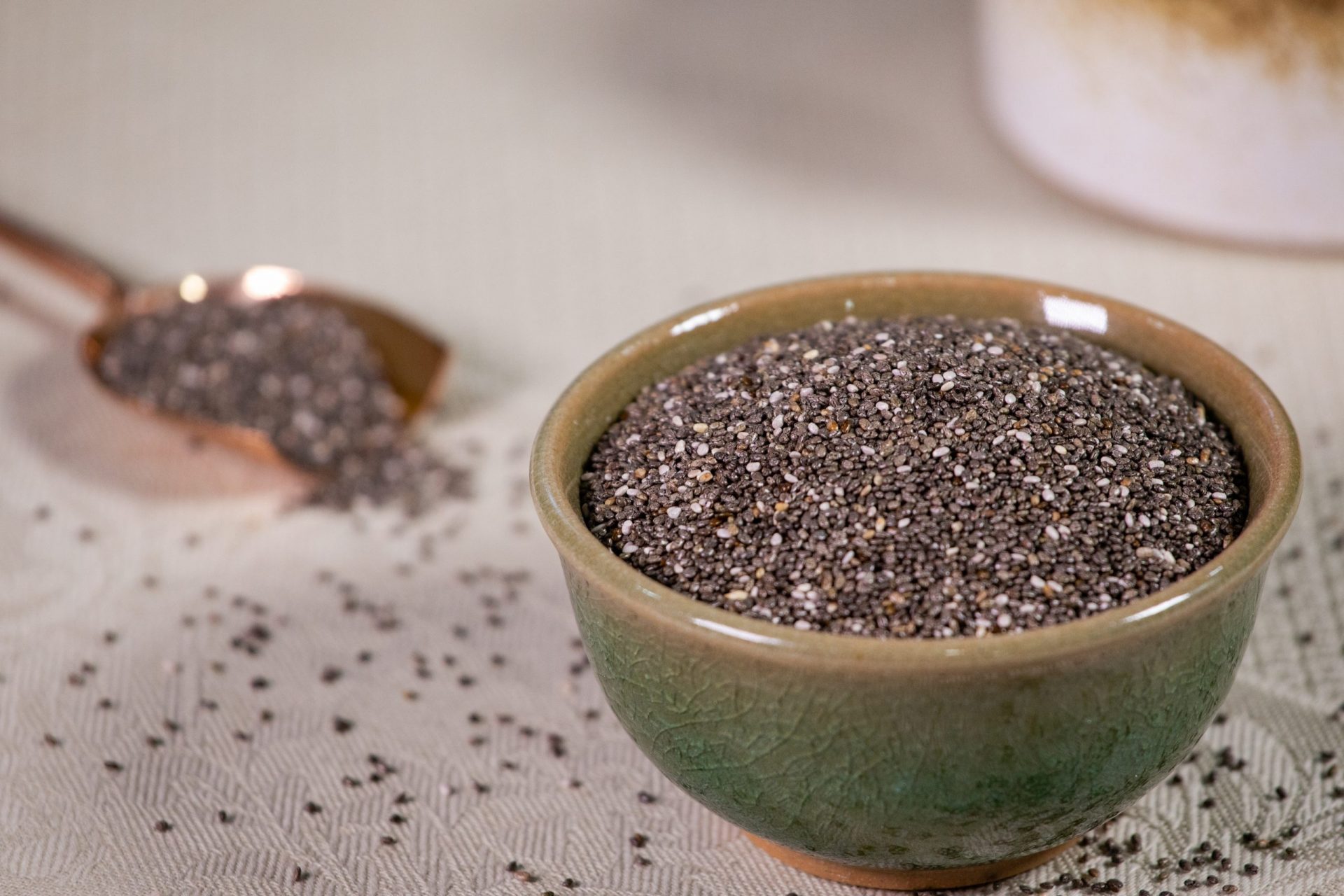
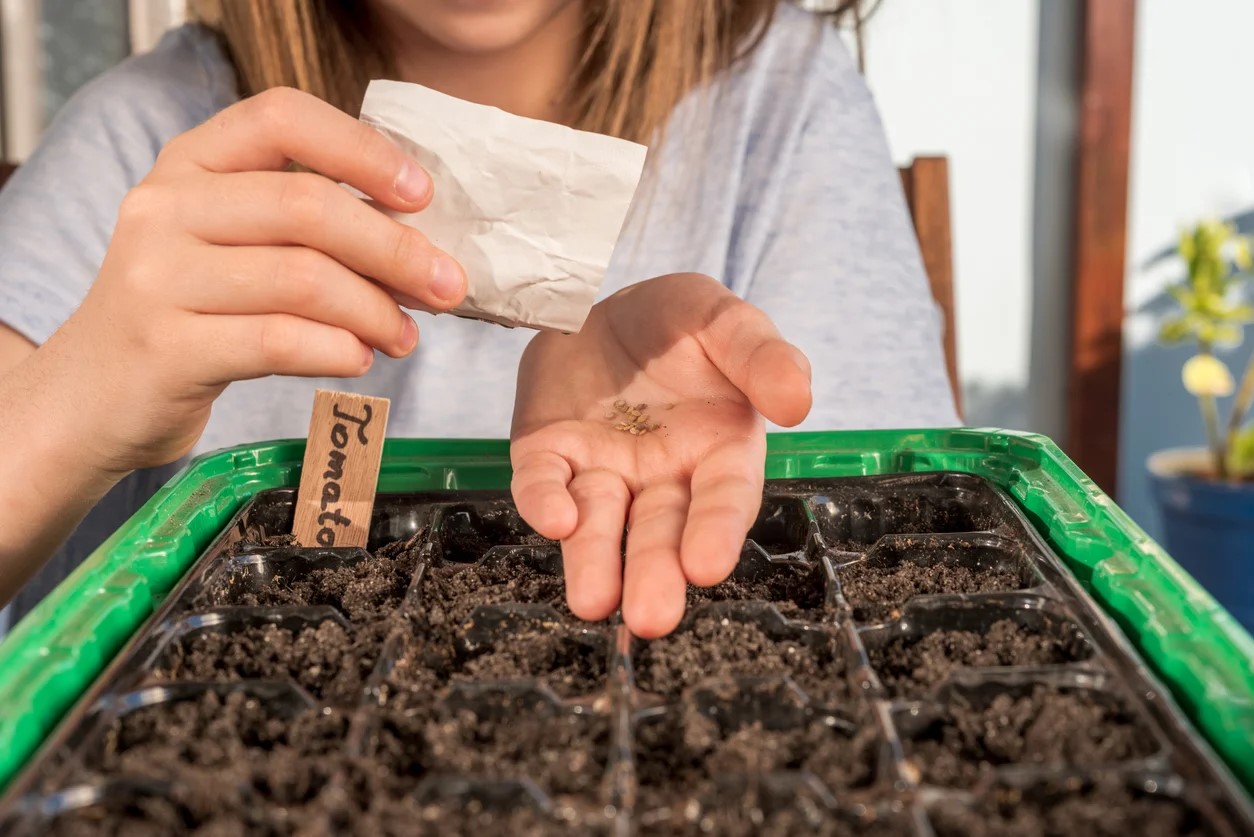
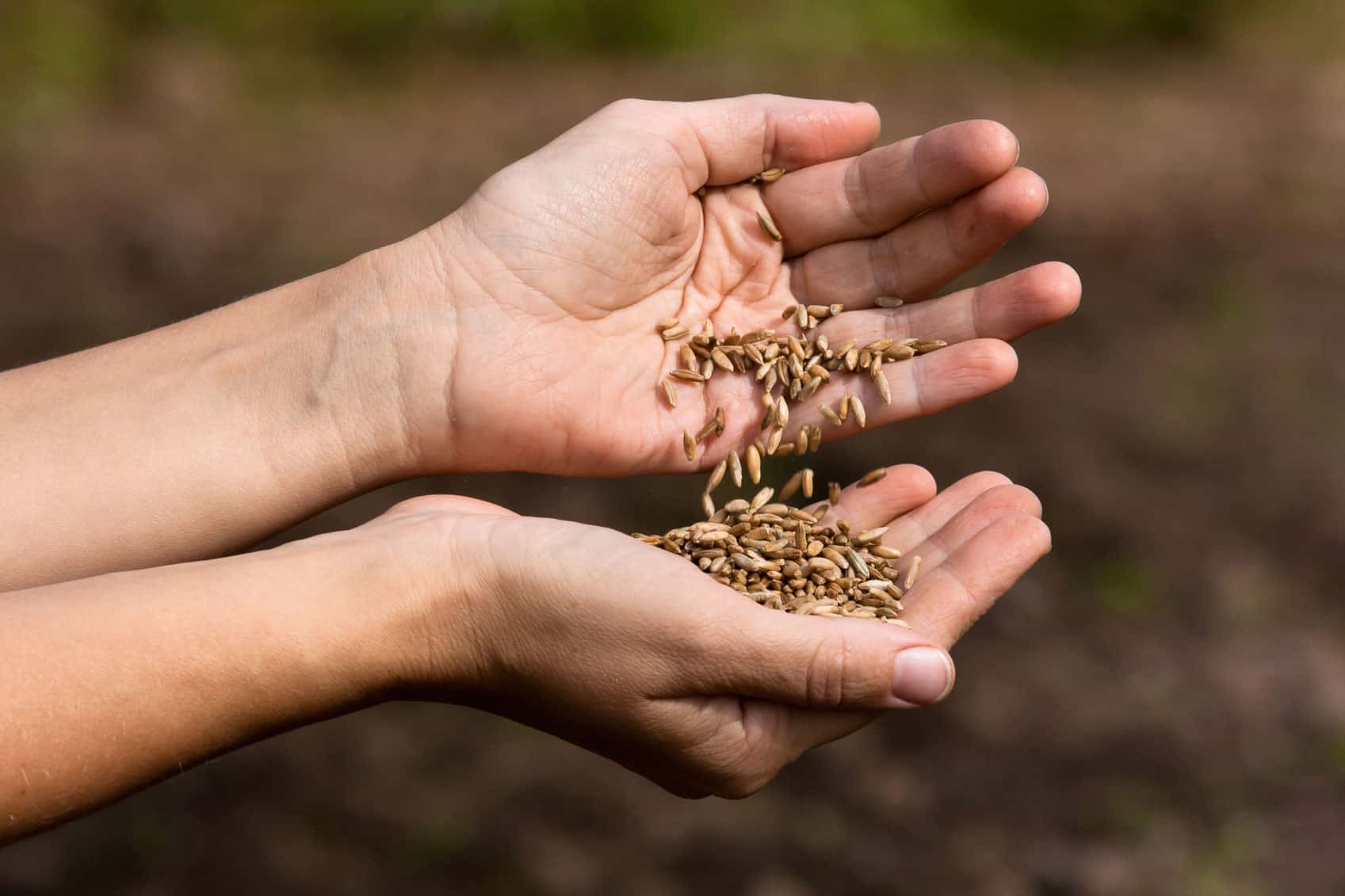
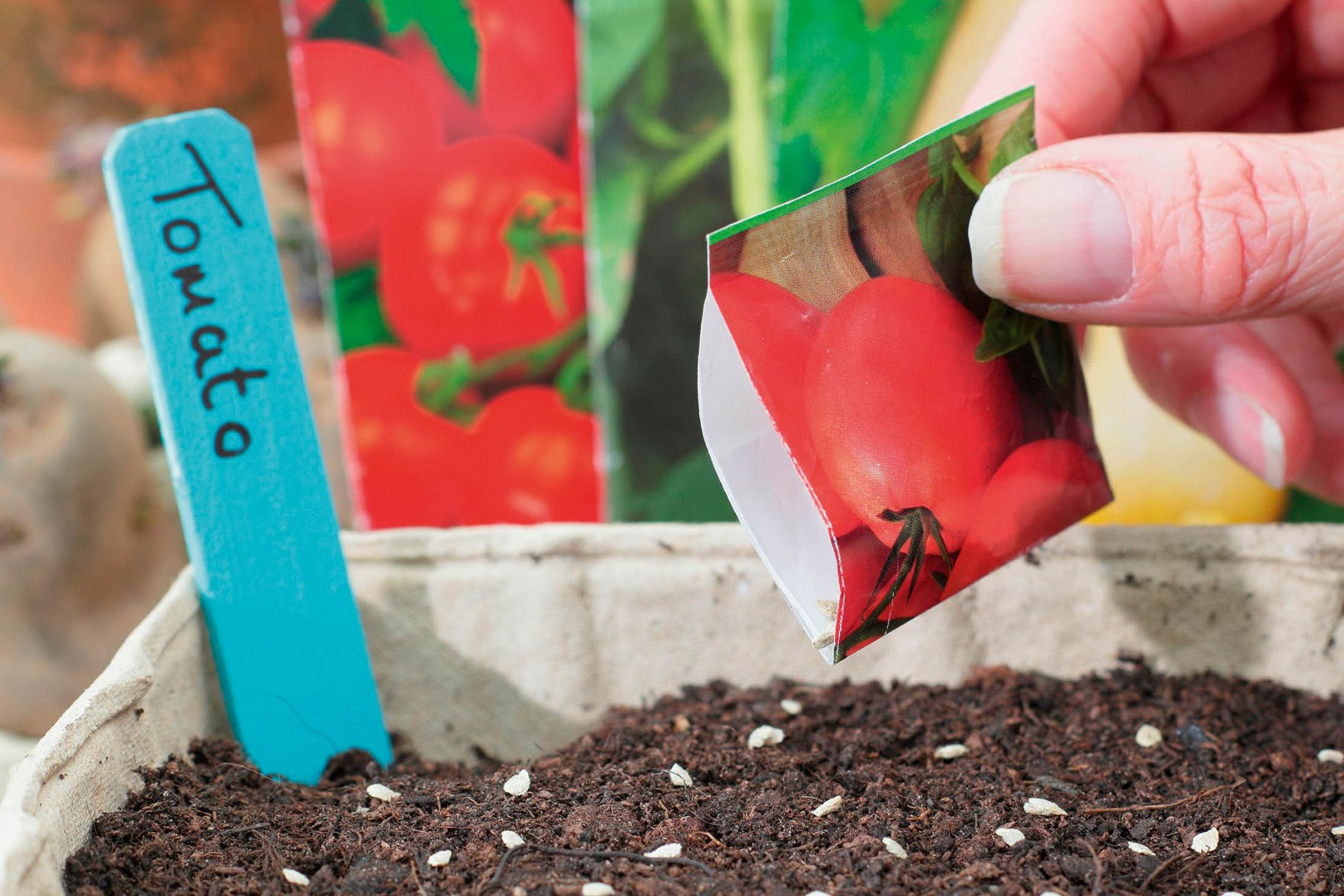

0 thoughts on “What Plant Are Chia Seeds From”